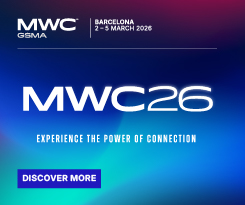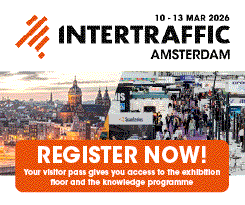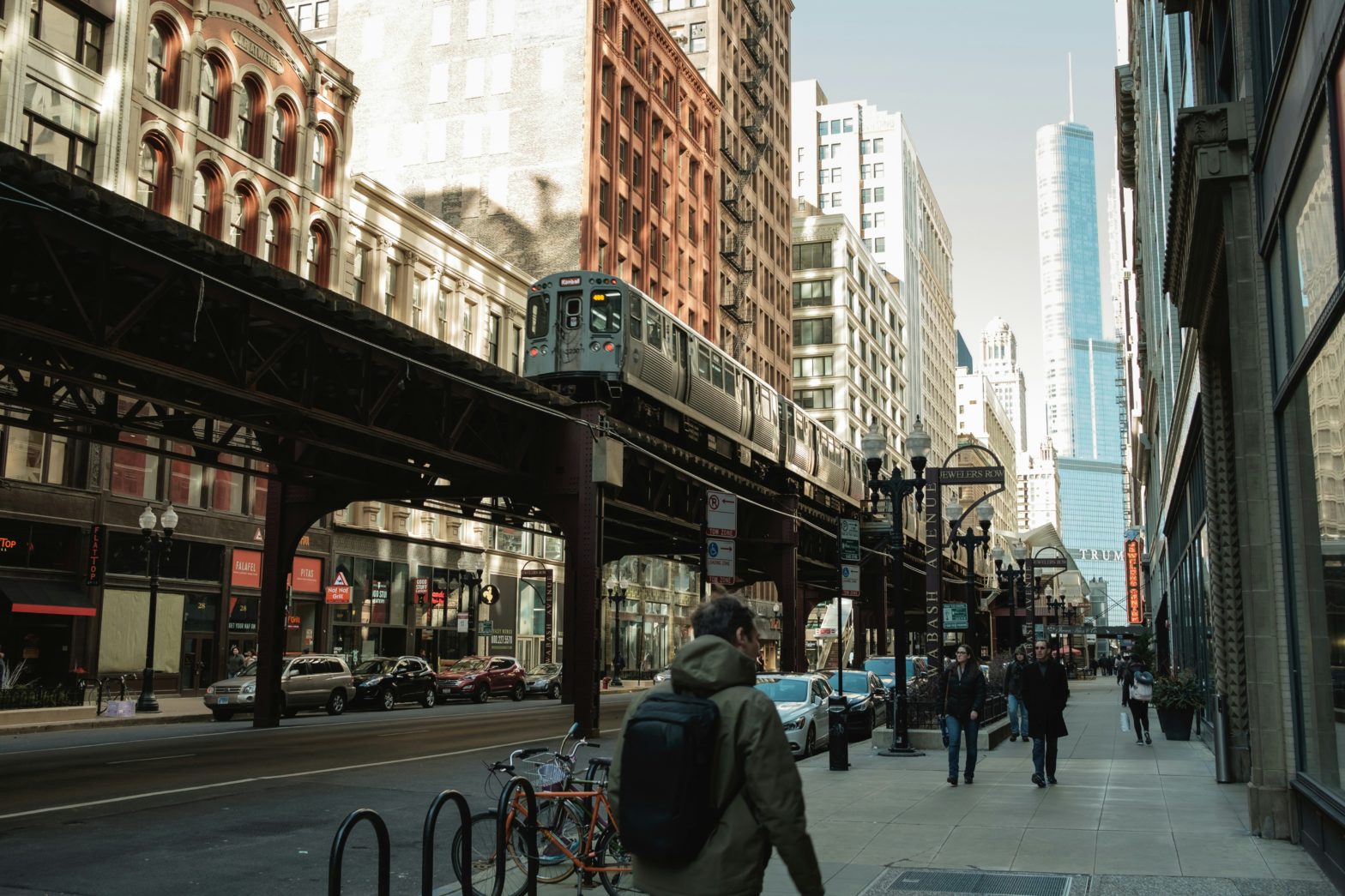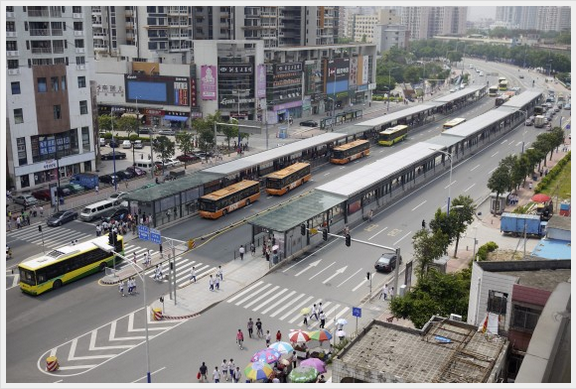
Photo: C401
New network launched for urban bus systems
10 April 2013
by Richard Forster
With over 160 versions in 23 countries operating or under construction, Bus Rapid Transit (BRT) systems have become one of the best options to improve urban transport. Nick Michell reveals how a new BRT network launched by C40 is helping cities exchange their mobility knowledge
The first Bus Rapid Transit system opened in Curitiba, Brazil, in 1974, and remains
one of the best in the world but the innovations from that system were not readily copied or correctly utilised and BRT was slow to take off. In 2000, Bogota, Colombia, began a second wave of successful BRT systems, the TransMilenio BRT, which significantly surpassed Curitiba in terms of speed, capacity, quality of service, and the richness of services offered. Its success spurred a number of cities across the world to build BRT systems and today over 160 systems are operating or under construction, highlighting how BRT is a flexible concept that can be configured specifically for the market it serves and for the physical environment in which it operates.
“A Bus Rapid Transit system is an innovative, efficient, high capacity and cost effective transport solution but BRT systems are complex and depend on a number of features to make them a success, meaning there are good and bad examples across the world,” says Andrés Fingeret, C40 BRT Network Manager. “This is why we have created the C40 BRT Network: to facilitate and promote the interchange of knowledge and information between C40 cities on BRT systems. Mayors are increasingly studying and relying on BRT systems for their city as they can provide state of the art public transport at a fraction of the cost of other systems (usually 15 to 25 percent of the cost of a metro).”
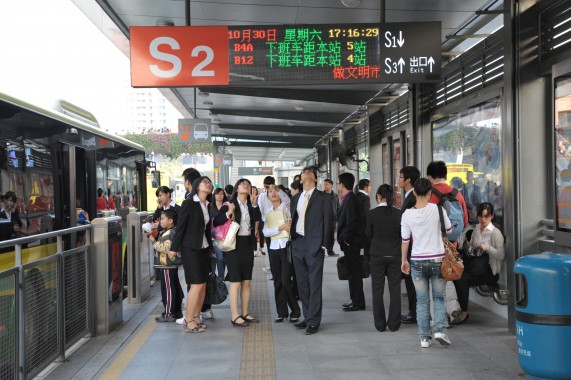
BRT is one of the key opportunities to shift travel from individual vehicles to public transport, while fostering compact, mixed-use urban development in a cost effective way. More than 20 cities from C40 have expressed their interest in promoting BRTs through the network.
“We have been working on the planning stages since last June, trying to understand what we would like to achieve, who would make the best partners, how a BRT network would make sense, and what we would ask cities to provide,” says Fingeret. “The network is like a living creature, where at the beginning we are allowing everyone that has expressed interest to step in and out. As the network matures, you need to start to have more formal agreements between participants and have different categories of participant, where some activities and discussions are open to everyone and others have more specific questions and topics of discussion.”
C40 has signed Memoranda of Understanding with the Institute for Transportation and Development Policy (ITDP) and EMBARQ, two of the leading non-governmental organisations on sustainable mobility. It has also conducted webinars on Clean Bus Technology and a BRT Standard, with both gaining significant attendance and follow-up interchange between cities.
The webinar on the BRT Standard, which was managed by the ITDP, brought 10 cities together to discuss the merits of having a rating system for BRT systems. The Standard would allow experts with knowledge of a specific corridor to put a figure on the quality of BRTs, with each able to achieve a gold, silver or bronze level. It will be a way of promoting good quality BRTs, while also identifying below par systems, and help mayors and city officials understand what they need to do to achieve a top rated system.
The partnership with EMBARQ is part of a broader collaboration with C40 Cities to which EMBARQ is bringing expertise, connections and know-how, for example, in urban planning for sustainable cities, and health and road safety.
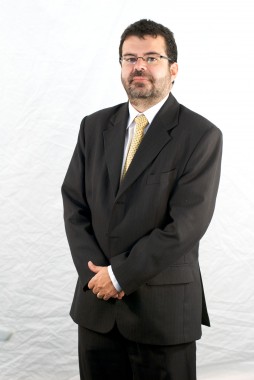
For BRT, EMBARQ has on-the-ground expertise, through the organisation’s experience in supporting the planning and implementation of BRT projects in Ahmedabad, India; Guadalajara, Mexico; Istanbul, Turkey; Mexico City; and Rio de Janeiro, Brazil.
“Our experience helps mayors maximise the benefits of BRT with assistance, both in the planning and in the operations phases,” says Dario Hidalgo, Director for Research and Practice at EMBARQ. “EMBARQ helps speed up the planning process by tapping into expertise from our own network–7 countries and tens of cities–and this is valuable to C40 Cities’ mayors that want to lead with high-impact sustainable transport projects. In the operations phase, we will bring a set of best practices to improve and visualise the quality of service, safety, and social and environmental performance of BRT systems.”
Knowledge exchange
Bus Rapid Transit has multiple economic, social, and environmental benefits and the new BRT Network will attempt to help cities maximise the impact of these benefits. In Bogota, Colombia, BRT has reduced traffic fatalities by close to 90 percent and has saved 56 lives per year on average on the main corridor, not to mention cutting travel time in half and reducing the emission of air pollutants by 40 percent. The cost of the bus system in Bogota was a tenth of what the rail alternative would have cost, and it was planned and built in less than three years. C40 Cities adopting BRT can improve transport efficiency, cutting cost of travel and time by 30 to 50 percent and generating economic growth around bus stops and terminals. Greenhouse gas emissions can be cut by 40 percent and fatalities reduced by 25 to 40 percent, providing a healthier living environment for a city’s citizens.
“Learning from experiences in other cities can cut planning time in half and contribute to reducing costs in the same way,” says Holger Dalkmann, EMBARQ’s Director. “Cities involved in BRT networking can learn problem-solving approaches from other metropolises, such as: how to involve incumbent public transport operators; how to set-up managing agencies; or how to make the BRT safer through design.”
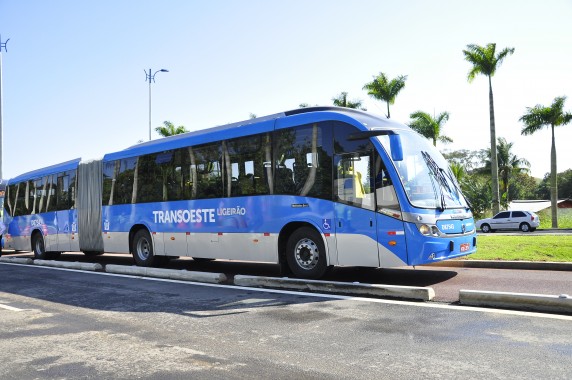
In its initial stages, the network will facilitate the exchange of knowledge and experience between cities through email, online discussions, and phone calls but the aim is to eventually organise physical meetings and conferences. Cities will be able to give and receive presentations from other cities across the world on their experiences with BRT systems. As the network develops, mayors and city officials will begin to interact on specific topics and discuss shared problems like station design, bus efficiency or how to build corridors in narrow streets.
“We have the goal of having physical meetings that will bring everyone involved in the network together, to connect faces with names and have more in depth discussions that build on previous online dialogue,” says Fingeret. “C40 will provide the link between cities, maybe taking part of the discussions, depending on the wishes of the participants and that is where the mayors start to gain from having their staff participating in the network discussions, where they can have a real peer-to-peer exchange and build relationships.”
Flexibility
The time taken to build a BRT system is significantly less than what is needed for a metro system and it can match its capacity. Investment is minimal and would not require complex work, which is the case with a subway system. BRT can be easily customised to community needs and incorporate low-cost technologies that would attract more passengers and ultimately help reduce overall traffic congestion. Its flexibility allows cities to access extensions of greater length, and to adapt to economic changes and demand. Its implementation is faster and its operation and maintenance are also more economically viable.

“I was reading a UN document saying that by 2050, the amount of travel in urban areas will double from what it is now and BRT is the most reasonable way of meeting that demand because it is faster and cheaper,” says Fingeret. “From a political standpoint mayors are starting to realise that BRTs provide an ideal short-term transport solution, in comparison to the time it takes to implement a metro or underground system. And of course politicians need short-term options, one that could help them be re-elected. You cannot build a metro system in four years but you can have a pretty good BRT in that time.”
BRT systems are growing in recognition as one of the most effective solutions offered by the mass transit, offering high quality service with a favourable cost-benefit ratio for urban areas, both in the developed and developing world. By allowing cities to provide a functional network of public transport corridors, BRT enables even low-income cities to develop a mass transit system of high quality that meets the daily travel needs of the population.
BRT requires political commitment, good planning, implementation teams, and adequate levels of funding, especially in the planning stages. As every city is different, and every corridor is unique within a given city, BRT designs need to be localised within the framework of experience from others.
“Since BRT is still relatively new, highlighting the benefits to decision- makers remains critical to broadening the base of interest,” says Dario Hidalgo, Director for Research and Practice at EMBARQ. “Through this new Network, successful experiences from EMBARQ Mexico and EMBARQ Turkiye, in Istanbul, can be shared with places where BRT is being considered and introduced, such as Bangalore, India and Santiago, Chile, so that these municipalities maximise the benefits through sound planning and operations.”
BRT systems are not only for transporting people but also represent one important element of measures to transform cities into more liveable spaces. Integrating BRT with progressive policies for land use, and measures to restrict car use are part of a strategy that underpins the creation of a sustainable urban environment. In this sense, BRT represents the cornerstone of efforts to improve the quality of life for all segments of society through improved mobility and to provide greater social equality.


